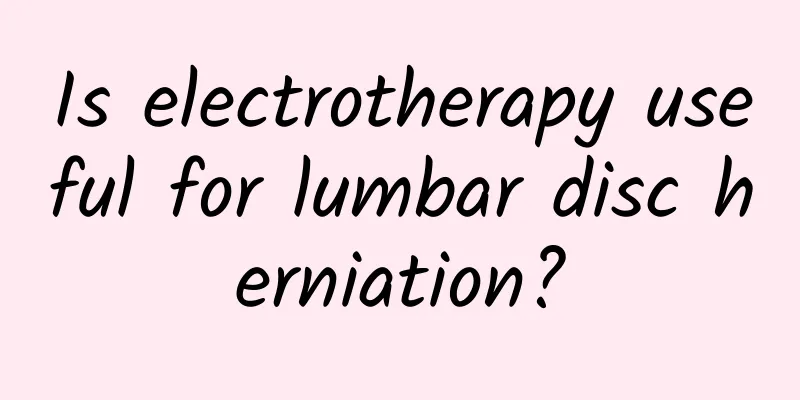Localized fibrosis of both lungs

|
Lung function is very important to us. There must be no problems with human lung function. Once it occurs, various adverse reactions will occur, such as coughing, nausea, vomiting, and difficulty breathing. When localized fibrosis of both lungs occurs, it can be treated by combining Chinese and Western medicine, because only in this way can it be controlled. More serious cases require surgery. Disease treatment 1. Western medicine treatment 1. Glucocorticoids (prednisone, also known as prednisone) 2. Immunosuppressants or cytotoxic drugs (cyclophosphamide, azathioprine) 3. Antioxidants (Ambroxol, Taurine) 4. Anti-fibrotic drugs (pirfenidone, IT_ receptor antagonists, monoclonal antibodies, etc.) 5. Receptor inhibitors (leukotriene receptor antagonists, tumor necrosis factor-α inhibitors, epidermal growth factor-β inhibitors) 6. Immunomodulators (BCG polysaccharide nucleic acid, levamisole) 7. Other drugs (colchicine, macrolide antibiotics, interferon-γ, angiotensin-converting enzyme inhibitors) 8. Gene therapy 2. TCM treatment methods 1. Special TCM therapies (traditional Chinese medicine infusion, acupoint plaster, traditional Chinese medicine atomization, foot medicated bath, special prescription of warming kidney and clearing lung soup, magnetic medicine superposition and immunomodulation therapy, etc.) 2. Chinese patent medicine (for example: Yangyin Yifei Tongluo Pills, Xianqi Fuyang Guben Pills, etc.) 3. Oxygen Therapy Giving the patient oxygen inhalation can improve the decline in blood oxygen, which falls under the category of inhalation therapy. This therapy can increase arterial oxygen partial pressure, improve tissue hypoxia caused by decreased blood oxygen, and maintain the functions of important organs such as the brain, heart, and kidneys; it can also reduce the increased workload of the heart and lungs caused by increased heart rate and breathing during hypoxia. It has a better effect on hypoxia caused by decreased arterial oxygen partial pressure in respiratory diseases, but can only partially improve hypoxia caused by poor circulatory function or anemia. 4. Humidification and atomization therapy Mainly refers to aerosol inhalation therapy. Aerosols refer to tiny solid or liquid particles suspended in the air. Therefore, nebulizer inhalation therapy uses a nebulizer device to disperse the drug (solution or powder) into tiny droplets or particles, suspending them in the gas and allowing them to enter the respiratory tract and lungs to clean the airways. 5. Application of ventilator A ventilator is used to replace, control or change a person's normal physiological breathing, increase lung ventilation, improve respiratory function, reduce respiratory work consumption and save heart reserve capacity. 6. Lung Transplantation Unilateral lung transplantation; emphysema, bilateral pulmonary fibrosis, bronchiectasis and chronic pulmonary suppuration are suitable for double lung transplantation. |
<<: Localized thickening of the right pleura
Recommend
What are the best ways to treat gray hair?
Gray hair is troubling countless people. There ar...
Effects and functions of calcined mother-of-pearl
Pearls can be said to be treasures, because their...
Can Chinese medicine soften the liver?
There is no way for Chinese medicine to soften th...
What to do if your baby has a cold
Once a baby is over one year old, his resistance ...
What are the methods of traditional Chinese medicine to treat hypertension
Traditional Chinese Medicine is the general term ...
This place has accumulated toxins, and you are destined to not live long.
When a certain level of toxins accumulates in the...
What to do if the toenail is separated from the flesh
If the toenail is separated from the flesh, we ne...
How about zirconium dioxide all-ceramic teeth
People have good teeth, which makes eating very c...
Effects of Prunella Vulgaris, Mulberry Leaf and Chrysanthemum
Prunella vulgaris, mulberry leaves and chrysanthe...
How long after medical abortion can I have sex?
Medical abortion is also a relatively common meth...
The dangers of high bilirubin
The body also needs good protection, which will b...
Can ulcerative colitis heal itself? How to treat it?
Ulcerative colitis has a very obvious erosive eff...
What should I do if my waist is dislocated?
General lumbar dislocation refers to the symptoms...
Itchy skin indentations
Skin diseases are the most difficult to treat and...
What are the effects and functions of Wumei Pills?
I believe many people have eaten black plums in t...









